Des Allemands, Louisiana
Posted by graywacke on January 5, 2014
First timer? In this formerly once-a-day blog (and now more-or-less a twice a week blog), I have my computer select a random latitude and longitude that puts me somewhere in the continental United States (the lower 48). I call this “landing.” I keep track of the watersheds I land in, as well as the town I land near. I do some internet research to hopefully find something of interest about my landing location. To find out more about A Landing A Day (like who “Dan” is and what the various numbers and abbreviations mean in the first paragraph), please see “About Landing,” (and “Abbreviations” and “Cryptic Numbers”) above.
Landing number 2074; A Landing A Day blog post number 501.
Dan – Pretty much on the heels of my Baton Rouge LA landing, I’m back once again in good ol’ . . . LA; 35/35; 7/10; 148.4. Here’s my regional landing map:
My more local landing map shows that I landed just outside of Des Allemands:
You can see that the Bayou Des Allemands flows right through the town, and of course, that’s my watershed. The Bayou Des Allemands flows to the Bayou Perot, which makes its way to the Gulf of Mexico. In my judgment (and mine is the only judgment that matters), neither of these Bayous make it to “river” status.
Backing out a little more, you can see that both Des Allemands (the town and bayou) aren’t all that far from New Orleans:
My Google Earth (GE) shot shows what appears to be a farm field of some sort. Rice? I haven’t a clue.
Zooming out, here’s a more regional shot, including the New Orleans metro area:
I love the way the MM snakes its way along . . .
Heading back to the town of Des Allemands. As is my custom, the first order of business is pronunciation. According to the “Unique Local Pronunciation Guide” on the website AARoads.com, here ‘tis:
dess – ALL – munds
From Wiki, here’s some info:
“Des Allemands” means “of the Germans” in French.
[Wow. Here we are in the good ol’ US of A, and the name of the town is in French, but means, “of the Germans.” I guess this could only happen in Louisiana, but I sure don’t know about the German angle. Anyway, back to Wiki . . . ]
Des Allemands was settled in 1721 by immigrants to the colony of Louisiana from Germany under the leadership of John Law and the “Company of the Indies”. The German Louisiana colony was originally up the Mississippi River in what is now Arkansas, but experienced hostility from the local Native Americans in that area, and moved to a location much closer to the colonial capital of New Orleans.
From Acadian-cajun.com, here’s a poster that was used to recruit Germans to partake in the Louisiana adventure (presumably after the Arkansas disaster):
The popular name for the German settlements along the Mississippi River upstream from New Orleans was the “German Coast.”
From Wiki, about the German Coast:
The German Coast (French: Côte des Allemands) was a region of early Louisiana settlement located above New Orleans, primarily on the east side of the Mississippi River.
[Des Allemands is one of the exceptions, on the west side of the river.]
When John Law’s Company of the Indies folded in 1731, the Germans became independent land-owners. Despite periodic flooding, hurricanes, and the rigors of frontier life, the German pioneers made a success of their settlements. Their farming endeavors provided food not only for themselves but also for New Orleans’ residents. Some historians credit these German farmers with the survival of early New Orleans.
From the time of their arrival, the German immigrants began speaking French and intermarried with the early French settlers. Over the subsequent decades they intermarried with the descendants of the latter as well as the Acadians. Together with other settlers, they helped create Cajun culture. For example, German settlers introduced the diatonic accordion to the region, which become the main instrument in Cajun [and Zydeco] music.
[Who’d a thunk? The Germans are why that great Cajun and Zydeco music relies so heavily on the accordion!]
The German Coast was the site of the largest slave revolt in US history, the 1811 German Coast Uprising. Leaders were Quamana and Harry, slaves, and Charles Deslondes who gathered an estimated 200 slaves from plantations along the River Road and marched toward New Orleans.
During their two-day, twenty-mile march, the men burned five plantation houses (three completely), several sugarhouses, and crops. They were armed mostly with hand tools.
White men led by officials of the territory formed militia companies to hunt down and kill the insurgents.
The initial battle was brief. Within a half hour of the attack, 40 to 45 slaves had been killed. The remainder slipped away into the woods.
Over the next two weeks, white planters and officials interrogated, tried and executed an additional 44 insurgents who had been captured. Executions were by hanging or decapitation. Whites displayed the bodies as a warning to intimidate slaves. The heads of some were put on pikes and displayed at plantations.
Phew. A Landing A Day has been presenting some rather graphic violence during my latest posts. First, the Fetterman Massacre (my Story, WY post), then the Hay Meadow Massacre (my Hugoton KS post), and now this . . .
Moving on to a subject much more pleasant, I saw in Wiki that Des Allemands hosts an annual Catfish Festival. Here are some excerpts from a June 9, 2013 Times Picayune article by Angel Thompson:
In 1975, Gov. Edwin Edwards signed a proclamation declaring Des Allemands the Catfish Capital of the World, and in 1980, the Legislature passed a resolution naming it the Catfish Capital of the Universe.
Des Allemands will honor the king of its fishing industry June 21-23. Admission and parking are free.
Pay-one-price rides, games, food, a country store, a quilt raffle, a plant booth and craft booths will be open throughout the weekend.
A catfish-skinning exhibition will be June 22 from 2:30 to 3 p.m. and June 23 from 2 to 2:30 p.m.
Dancing music will be provided throughout the weekend, including:
[Note: I did a little research and added the genre info.]
Don Rich (Swamp Pop)
- Ruff-n-Ready (Party Rock)
- No Way Out (Variety Band)
- Aaron Foret (Swamp Pop)
- Warren Storm (“the Godfather of Swamp Pop”)
- Stanley Mann (??; more about Stanley, below)
- Willie T and the Cypress Band (Swamp Pop)
- Tout Les Soir (Cajun)
- 90 Degrees West (high energy modern country) and
- Louisiana Road House (Swamp Pop / oldies).
Catfish platters, boats, po-boys and sauce piquante will be served, as well as seafood gumbo, hamburgers, hot dogs, french fries and other foods.
Very cool. I’d love to go to the 2014 festival (June 20 – 22). I can just about guarantee that both the music and the food are great!
But I had to learn a little more about the music, particularly “Swamp Pop.” In spite of 40 or so trips to Louisiana (primarily New Orleans), I’m not familiar with Swamp Pop.
Here’s a little history of Swamp Pop from Wiki:
As children, swamp pop musicians listened to (and often performed) traditional Cajun music and black Creole (zydeco) music, as well as popular country and western (hillbilly) songs. In the mid-1950s, however, like other American youths, they discovered the alluring new sounds of rock and roll and rhythm and blues artists like Elvis Presley and Fats Domino.
As a result, these teenaged Cajuns and black Creoles stopped playing Louisiana French folk music and instead began to sing rock and roll and rhythm and blues compositions in English. At the same time, they switched from folk instruments like the accordion, fiddle, and iron triangle to typical rock n’ roll instruments: the electric guitar and bass, keyboards, saxophone, and drums.
Just because Don Rich is first on the list, I’ve chosen a Don Rich example of Swamp Pop music (“Party Time”) for your listening pleasure:
I can just imagine all of those two-steppers out on the dance floor . . .
Note that after “Stanley Mann,” I added “??.” Well, the only Stanley Mann I could find is paired with Terry Gajraj. You gotta check out their video:
I actually really like the video! A little internet research shows that the lead singer is Terry Gajraj, “the premier Chutney / Soca / Reggae singer and musician from the Caribbean.” OK, OK, so he didn’t play at the Catfish Festival. But I still don’t know who Stanley Mann is (but I’m glad I stumbled on Mr. Gajraj.
I’ll close with this GE Panoramio photo entitled “Swamp, Des Allemands, LA” by Thomas Ueberhoff:
That’ll do it.
KS
Greg
© 2013 A Landing A Day
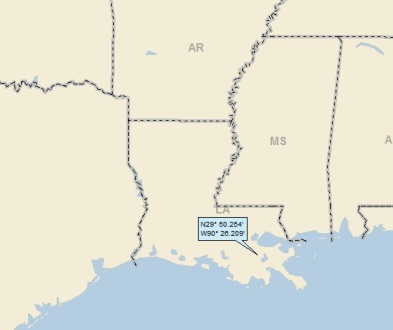
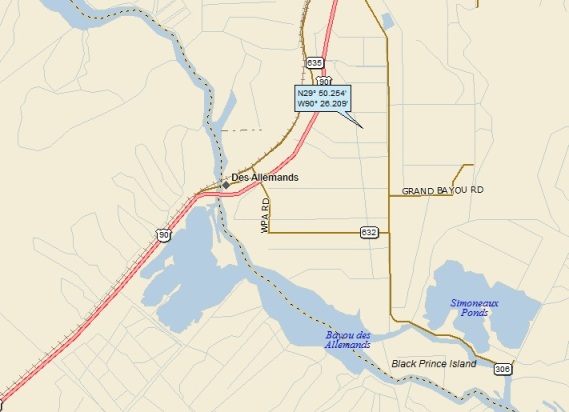
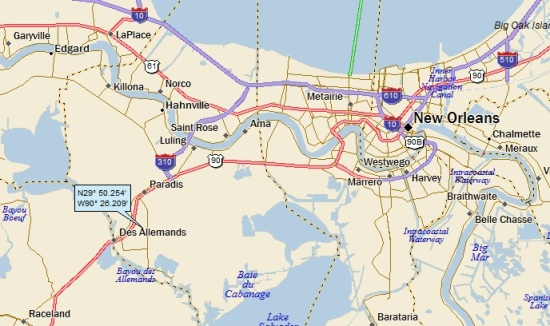
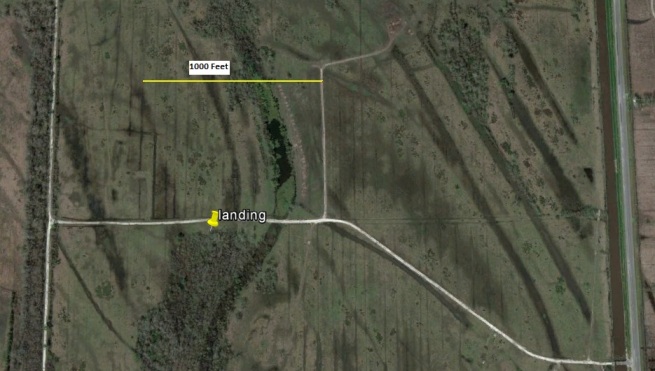
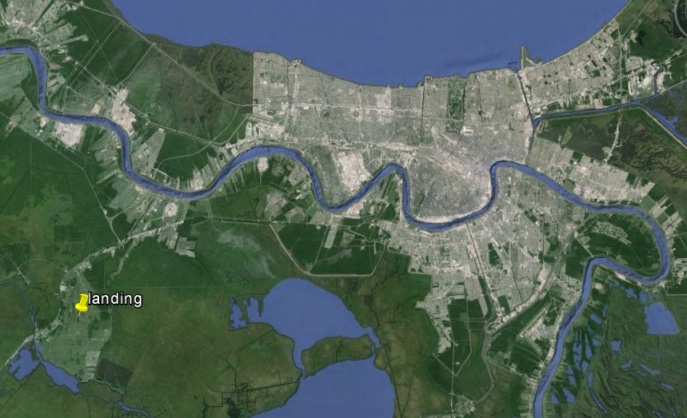
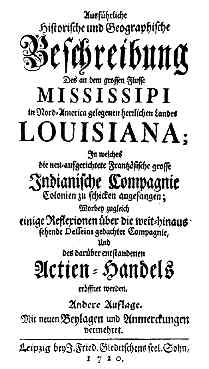
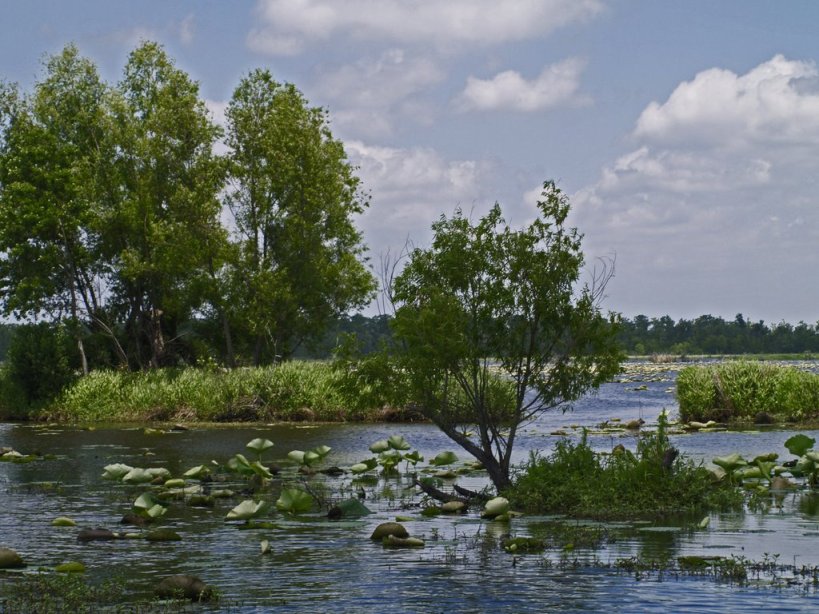
Leave a comment